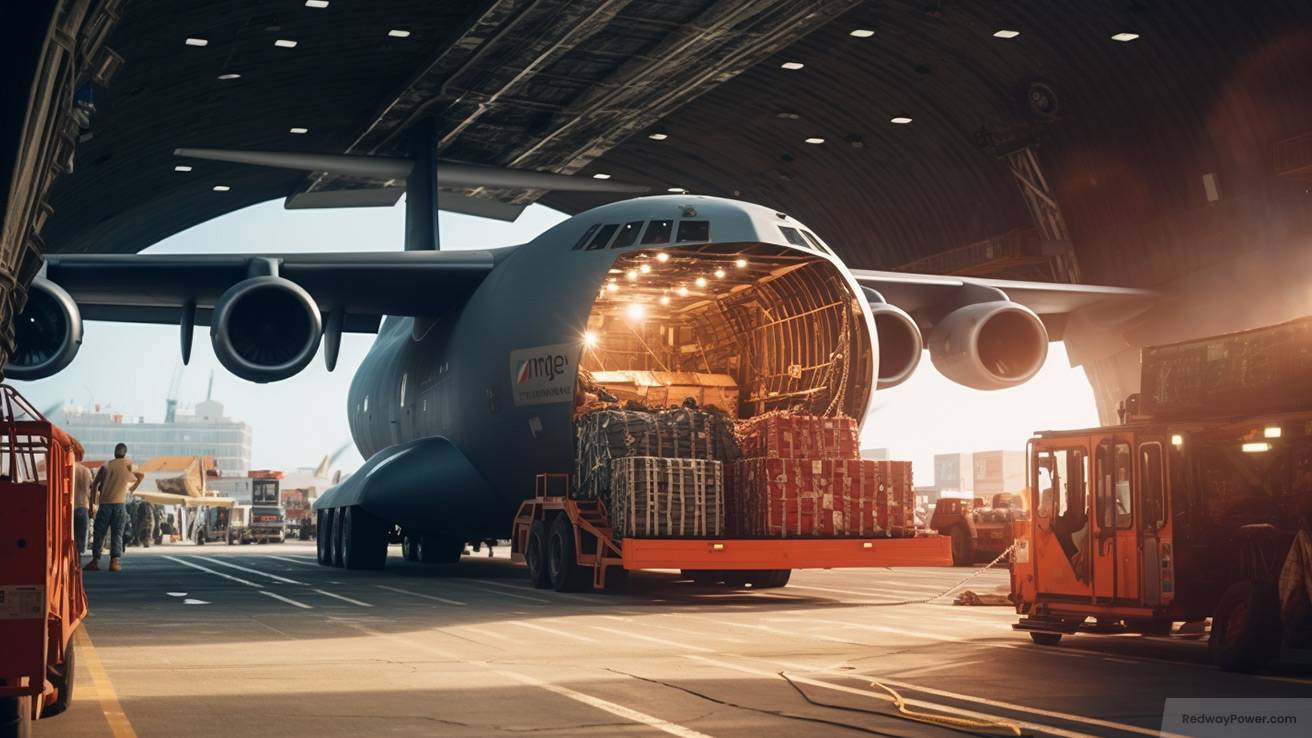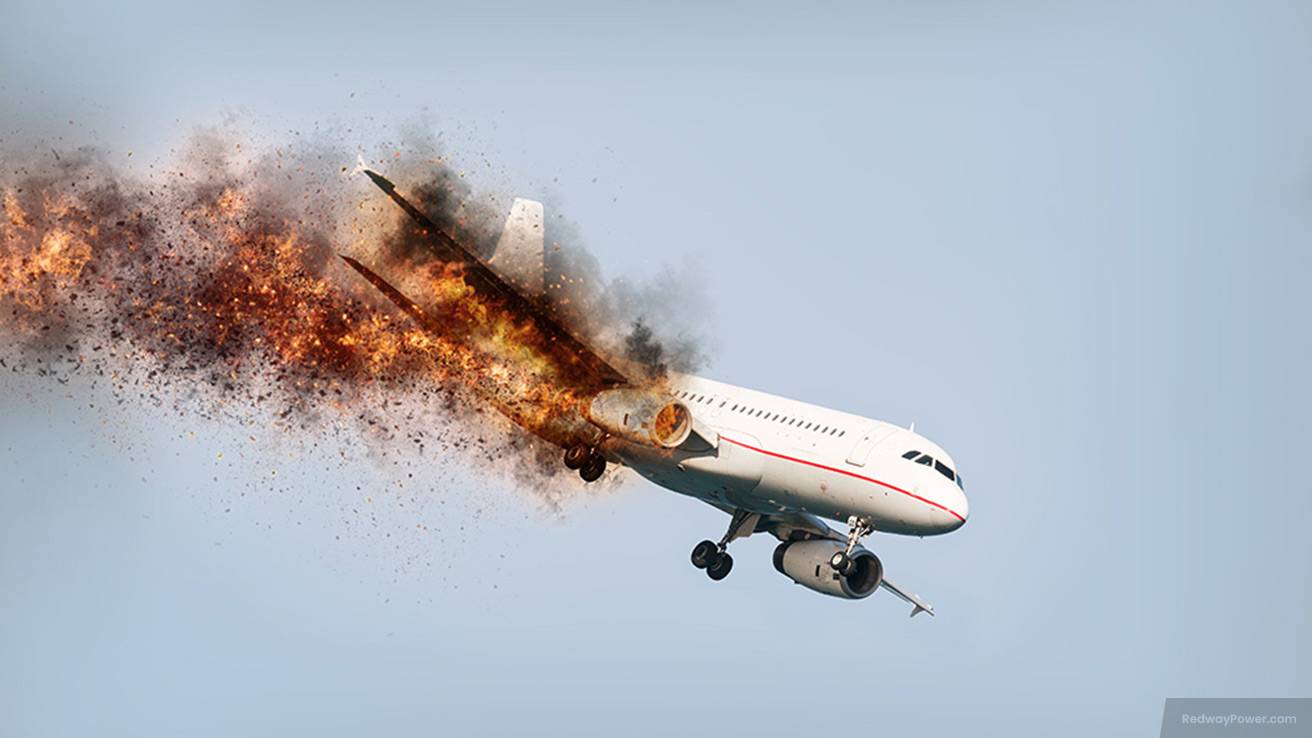- Forklift Lithium Battery
-
48V
- 48V 210Ah
- 48V 300Ah
- 48V 420Ah (949 x 349 x 569 mm)
- 48V 420Ah (950 x 421 x 450 mm)
- 48V 456Ah
- 48V 460Ah (830 x 630 x 590 mm)
- 48V 460Ah (950 x 421 x 450 mm)
- 48V 460Ah (800 x 630 x 600 mm)
- 48V 460Ah (820 x 660 x 470 mm)
- 48V 500Ah
- 48V 560Ah (810 x 630 x 600 mm)
- 48V 560Ah (950 x 592 x 450 mm)
- 48V 600Ah
- 48V 630Ah
-
48V
- Lithium Golf Cart Battery
- 12V Lithium Battery
12V 150Ah Lithium RV Battery
Bluetooth App | BCI Group 31
LiFePO4 Lithium
Discharge Temperature -20°C ~ 65°C
Fast Charger 14.6V 50A
Solar MPPT Charging - 24V Lithium Battery
- 36V Lithium Battery
- 48V Lithium Battery
-
48V LiFePO4 Battery
- 48V 50Ah
- 48V 50Ah (for Golf Carts)
- 48V 60Ah (8D)
- 48V 100Ah (8D)
- 48V 100Ah
- 48V 100Ah (Discharge 100A for Golf Carts)
- 48V 100Ah (Discharge 150A for Golf Carts)
- 48V 100Ah (Discharge 200A for Golf Carts)
- 48V 150Ah (for Golf Carts)
- 48V 160Ah (Discharge 100A for Golf Carts)
- 48V 160Ah (Discharge 160A for Golf Carts)
-
48V LiFePO4 Battery
- 60V Lithium Battery
-
60V LiFePO4 Battery
- 60V 20Ah
- 60V 30Ah
- 60V 50Ah
- 60V 50Ah (Small Size / Side Terminal)
- 60V 100Ah (for Electric Motocycle, Electric Scooter, LSV, AGV)
- 60V 100Ah (for Forklift, AGV, Electric Scooter, Sweeper)
- 60V 150Ah (E-Motocycle / E-Scooter / E-Tricycle / Tour LSV)
- 60V 200Ah (for Forklift, AGV, Electric Scooter, Sweeper)
-
60V LiFePO4 Battery
- 72V~96V Lithium Battery
- Rack-mounted Lithium Battery
- E-Bike Battery
- All-in-One Home-ESS
- Wall-mount Battery ESS
-
Home-ESS Lithium Battery PowerWall
- 24V 100Ah 2.4kWh PW24100-S PowerWall
- 48V 50Ah 2.4kWh PW4850-S PowerWall
- 48V 50Ah 2.56kWh PW5150-S PowerWall
- 48V 100Ah 5.12kWh PW51100-F PowerWall (IP65)
- 48V 100Ah 5.12kWh PW51100-S PowerWall
- 48V 100Ah 5.12kWh PW51100-H PowerWall
- 48V 200Ah 10kWh PW51200-H PowerWall
- 48V 300Ah 15kWh PW51300-H PowerWall
PowerWall 51.2V 100Ah LiFePO4 Lithium Battery
Highly popular in Asia and Eastern Europe.
CE Certification | Home-ESS -
Home-ESS Lithium Battery PowerWall
- Portable Power Stations
Why Are Lithium Batteries Restricted from Air Shipping?

Lithium batteries face significant restrictions when it comes to air shipping due to safety concerns related to their chemical composition and potential hazards. These regulations are designed to prevent incidents that could endanger aircraft and passengers. Understanding these restrictions is crucial for anyone involved in shipping lithium batteries.
Why are lithium batteries classified as hazardous materials?
Lithium batteries are classified as hazardous materials because they contain flammable electrolytes and can pose fire risks if damaged or improperly handled. Incidents involving battery fires have led to serious accidents in aviation, prompting regulatory bodies to classify them as dangerous goods. This classification mandates strict handling and transport protocols.Hazard Classification Chart
| Hazard Type | Description |
|---|---|
| Flammability | Can ignite if damaged or short-circuited |
| Chemical Risks | Contains hazardous materials that can leak |
| Thermal Runaway | Can lead to uncontrolled reactions resulting in fires |
What regulations govern the air transport of lithium batteries?
The International Air Transport Association (IATA) and other regulatory bodies have established comprehensive guidelines for shipping lithium batteries by air. Key regulations include:
- UN3480 and UN3481 Codes: These codes classify lithium-ion cells and batteries for transport.
- Cargo Aircraft Only (CAO): Batteries exceeding certain limits must be transported only on cargo aircraft.
- Training Requirements: Personnel involved in shipping must be trained in handling hazardous materials.
What makes lithium-ion batteries a risk during air transport?
Lithium-ion batteries pose risks during air transport due to:
- Potential for Fire: If a battery is damaged or short-circuited, it can ignite, leading to fires that are difficult to extinguish.
- Thermal Runaway: This phenomenon occurs when a battery overheats, causing a chain reaction that can result in an explosion.
- Pressure Changes: Changes in cabin pressure during flight can affect battery integrity, increasing the risk of failure.
How does the state of charge (SoC) affect shipping restrictions?
The state of charge (SoC) is crucial in determining how lithium batteries can be shipped:
- Maximum SoC Limits: Batteries must typically be shipped at a SoC not exceeding 30% to reduce fire risk.
- Regulatory Compliance: Batteries with higher SoC may require special approvals and packaging to ensure safe transport.
SoC Impact Chart
| State of Charge | Shipping Requirement |
|---|---|
| ≤ 30% | Generally allowed for air transport |
| > 30% | Requires special handling and may need approvals |
What are the packaging requirements for shipping lithium batteries?
Proper packaging is essential for safely transporting lithium batteries:
- Inner Packaging: Batteries must be placed in protective cases that prevent short circuits.
- Outer Packaging: Must be sturdy enough to withstand impacts during transit.
- Labeling: Packages must display appropriate hazard labels indicating they contain lithium batteries.
How can lithium batteries be shipped safely by air?
To ship lithium batteries safely by air, follow these guidelines:
- Use Approved Carriers: Ensure that the carrier is certified to handle hazardous materials.
- Follow IATA Guidelines: Adhere strictly to IATA regulations regarding packaging, labeling, and documentation.
- Conduct Risk Assessments: Evaluate potential risks associated with transporting each specific battery type.
Tips for Battery Wholesale Buyers
For those interested in OEM orders or wholesale purchases of lithium batteries, consider these key points:
- Quality Assurance: Choose manufacturers known for their reliability and product quality.
- Compatibility Checks: Ensure that the products meet specific requirements for performance and safety.
- Cost Efficiency: Compare prices across suppliers for competitive rates.
Redway Power, a reputable lithium battery manufacturer with over 13 years of experience, is an excellent choice for wholesale buyers seeking dependable products.
Redway Power Expert Views
“Shipping lithium batteries requires strict adherence to safety regulations due to their inherent risks,” states an expert from Redway Power. “By following proper guidelines and using appropriate packaging, we can ensure safe transportation while minimizing hazards.”














